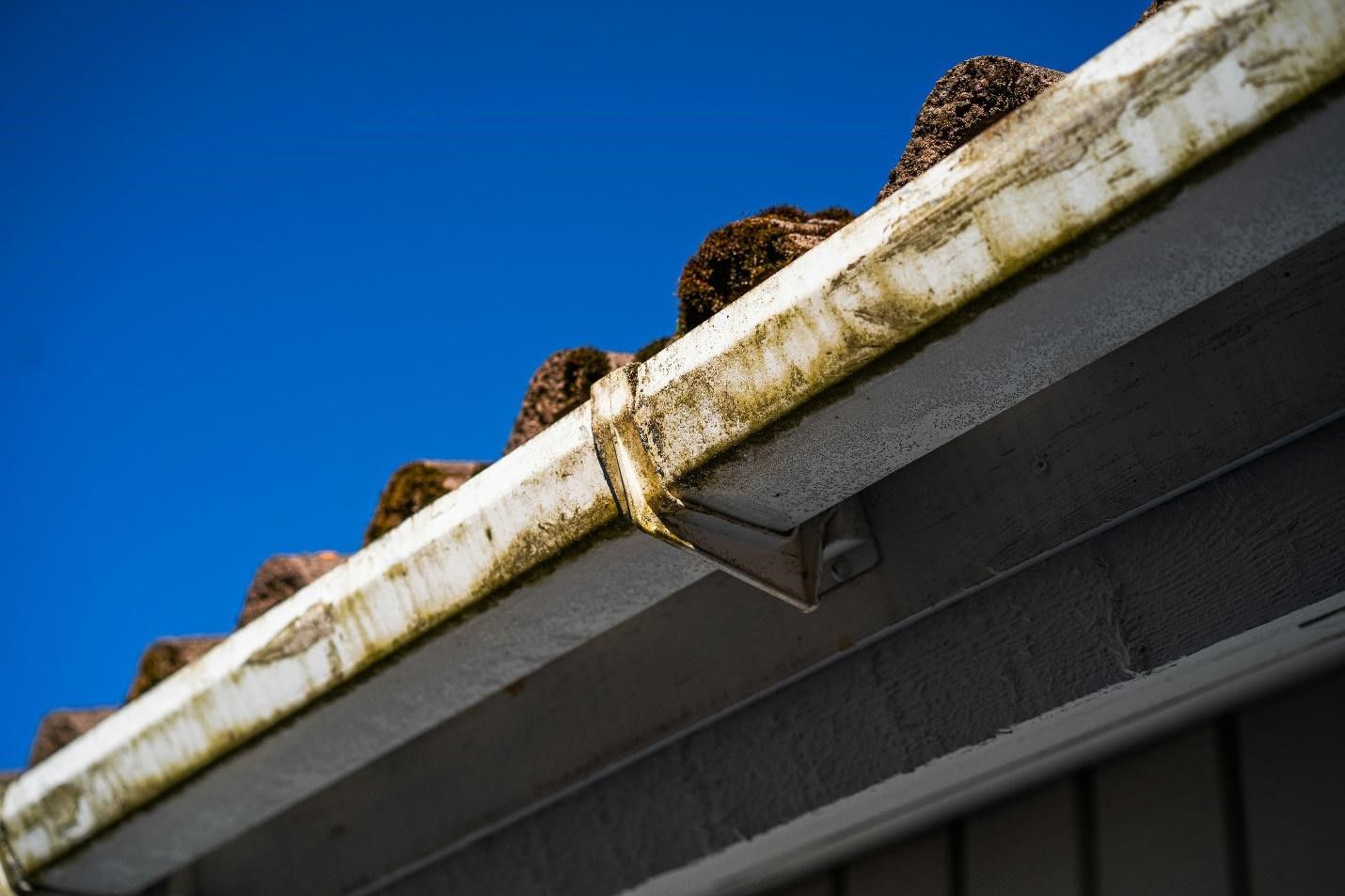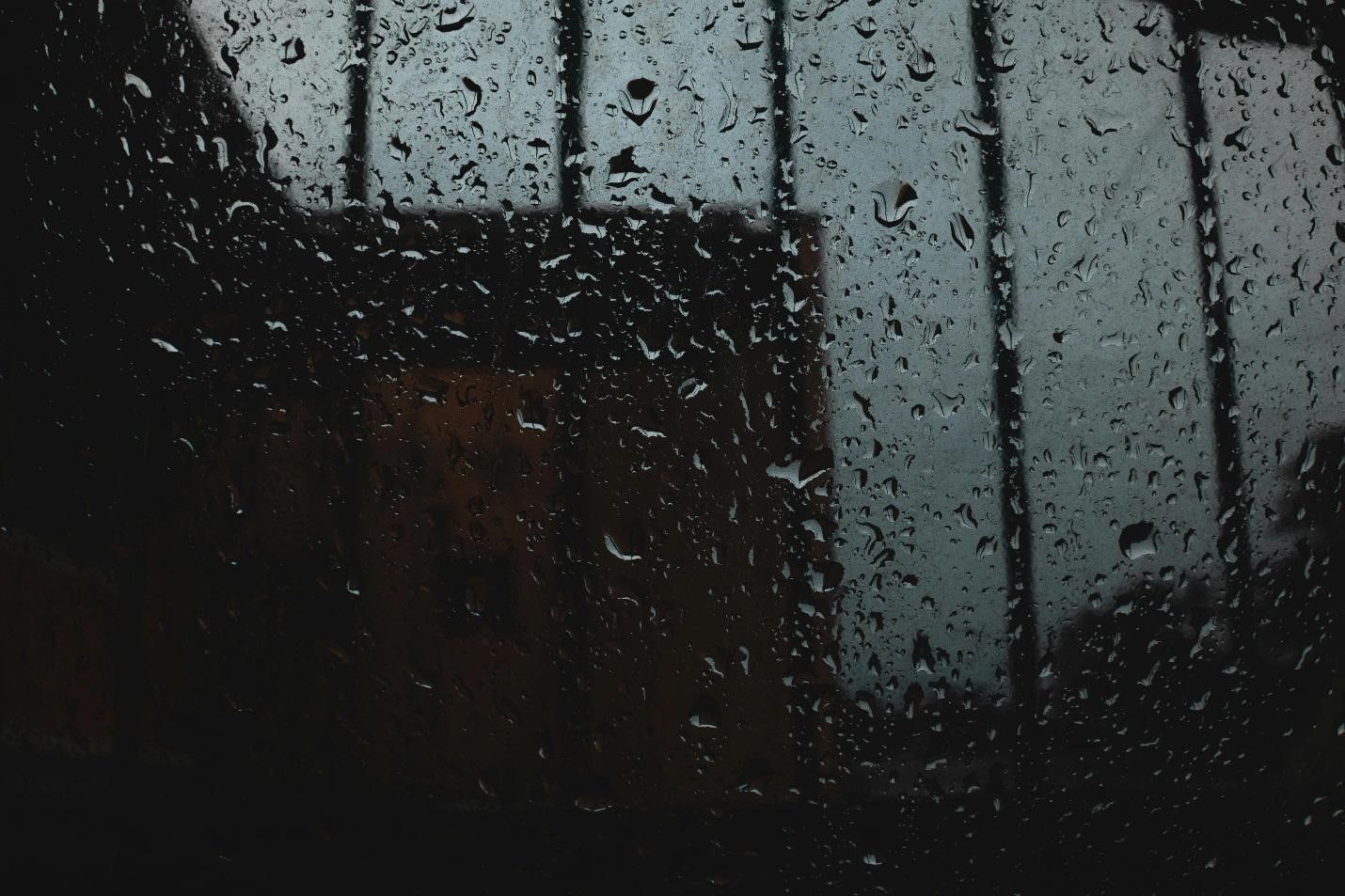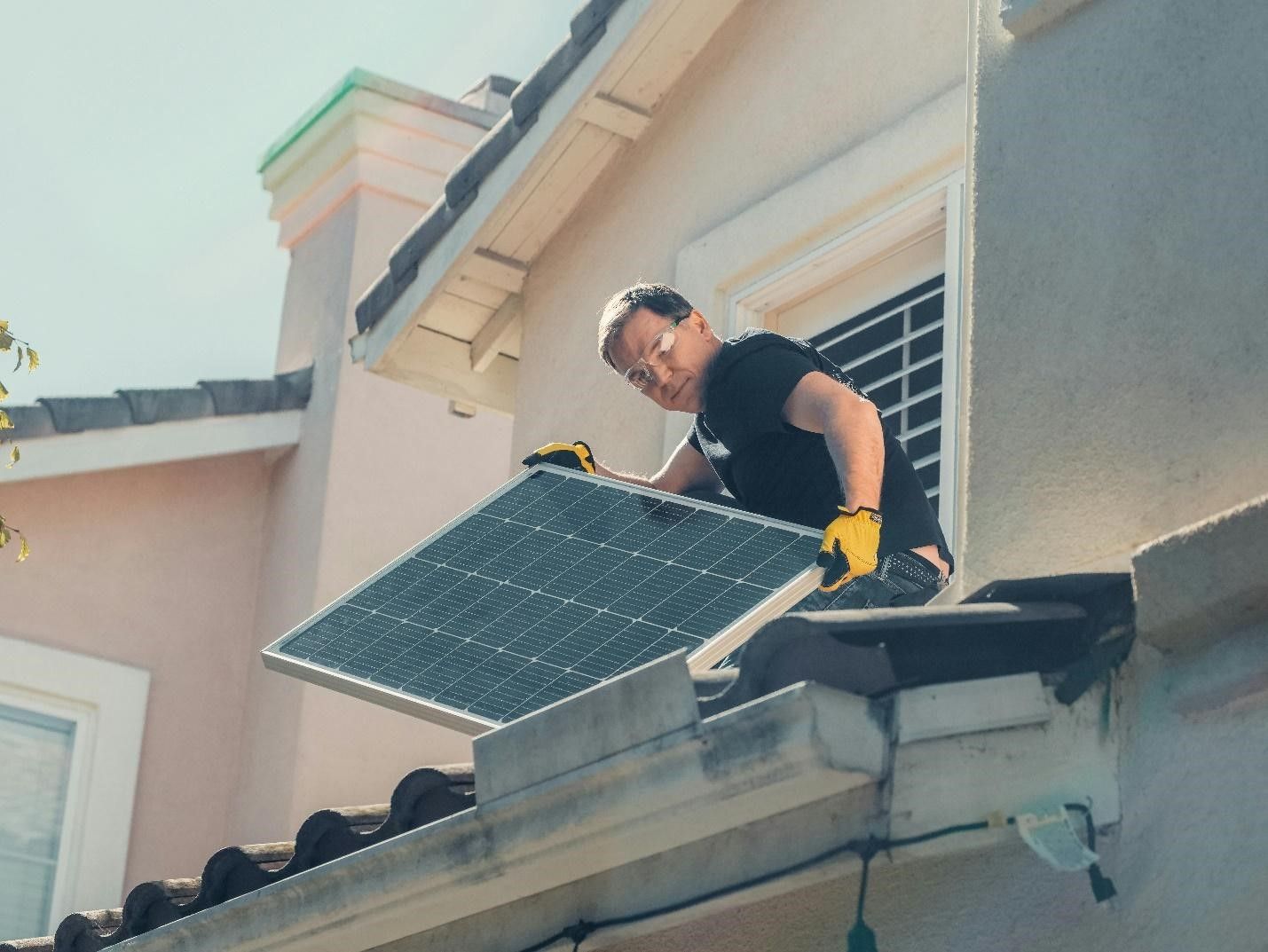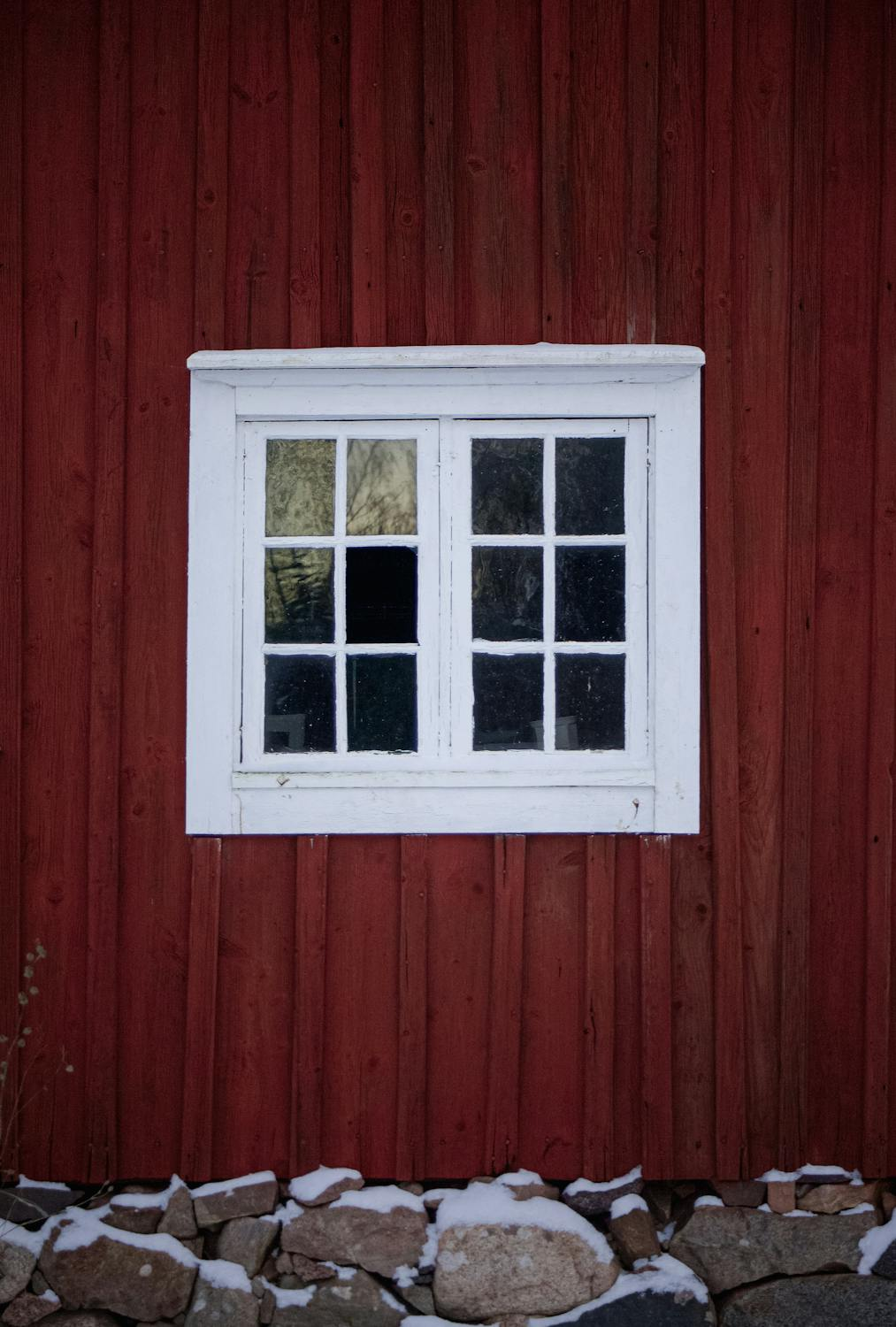The Environmental Benefits of Regular Gutter Cleaning
Gutters are often overlooked. Most homeowners focus on interiors, paintwork, or even roof inspections. Yet, gutters form a key part of a home’s defense system—not just for the building itself, but also for the local environment.
When gutters function properly, they channel rainwater safely away from the structure, preserving the landscape, soil, and ecosystem around the property. However, the water is forced to spill over when they become blocked by leaves, dirt, or roofing debris. This overflow creates a chain reaction of damage—some visible, others less obvious but far more serious.
Over time, uncontrolled water runoff affects not just your yard but your entire local environment. That is why regular gutter care via professional gutter cleaning services is not just a home maintenance matter—it’s an environmental responsibility.
Why Gutter Cleaning Is an Environmental Concern
On the surface, clogged gutters appear to be a structural concern. People think of roof leaks, wall dampness, or basement flooding. These are valid worries, but the real issue lies deeper. Improperly managed rainwater due to gutter blockages carries pollutants, such as soil chemicals, garden fertilizers, or oil residues, into the broader water system.
When runoff enters storm drains, it bypasses the treatment plants and flows directly into streams, rivers, and oceans. This water often carries bacteria, pesticides, and debris, contaminating water bodies and affecting aquatic life.
So, regular gutter cleaning services are not only about preventing a soggy garden—they actively protect water quality and reduce environmental degradation.
How Gutter Overflows Harm Natural Water Systems
One of the most critical environmental concerns caused by gutter overflow is nonpoint source pollution. This form of pollution does not come from a single location. Instead, it results from widespread, small-scale sources, such as rainwater washing off a roof or lawn.
When water spills from clogged gutters, it carries dirt, decaying organic matter, and lawn chemicals into the stormwater system. This water does not pass through any filtration or cleaning process before reaching lakes and streams. As a result, the runoff contributes to serious environmental issues, including:
- Increased nitrogen and phosphorus levels in water
- Algal blooms, which choke aquatic life
- Contaminated public water systems
- Habitat disruption for fish, frogs, and insects
Maintaining clear gutters helps stop these pollutants at the source. This is one of the core benefits of gutter cleaning that homeowners often overlook.
Soil Erosion: An Underestimated Threat
Another major consequence of gutter neglect is soil erosion. When gutters become clogged, they cannot direct water to the appropriate drainage points. This water then spills over, typically near the house's foundation or into landscaped areas.
Over time, this excess water erodes topsoil—the most nutrient-rich layer of soil. Plants rely on this layer for nutrients and root support. Without it, gardens begin to degrade. Exposed roots, drying plants, and the death of soil organisms all follow.
In severe cases, the erosion may affect foundations, footpaths, or retaining walls. What starts as poor gutter care quickly escalates into costly repairs—and more importantly, permanent environmental damage to your home ecosystem.
Supporting Local Biodiversity Through Simple Maintenance
Wildlife in residential areas is often fragile. Insects, small mammals, and birds all depend on stable ground, clean water, and healthy plants. When clogged gutters damage these systems, the surrounding biodiversity suffers.
Overflowing water may pool in unwanted areas, attracting pests like mosquitoes. Stagnant pools become breeding grounds, affecting both humans and animals. Meanwhile, harmful runoff can poison the natural food sources for birds, frogs, and bees.
Homeowners help create a more supportive environment for local species by investing in timely gutter cleaning services . It’s a small action with wide-reaching environmental consequences.
Indoor Mold, Outdoor Air: Another Connection
It might seem odd to include indoor mold in a discussion about environmental impact, but it fits. Overflow from blocked gutters can lead to internal wall dampness and roof leaks. These leaks cause moisture buildup in insulation, drywall, and ceiling spaces.
Mold begins to grow in these dark, damp areas. While it harms health inside the house, the spores also release into the outdoor environment through air vents and openings. This lowers air quality in the immediate surroundings and contributes to airborne irritants.
Consistent gutter care stops the issue at its root by keeping water away from the structure entirely. This is yet another way a healthy gutter system supports both human and environmental well-being.
Construction Waste and the Environmental Cost of Repairs
When gutters go unchecked for too long, the damage can become structural. Gutters themselves may detach. Fascias may rot. Roof joints may need re-sealing. Each repair adds to the amount of construction waste your household generates.
This type of waste—plastic guttering, rusted nails, sealants, old wood—is difficult to recycle and often ends up in. It also involves vehicle use, material production, and labor energy, each contributing to your home's carbon footprint.
In contrast, professional gutter cleaning services use minimal tools, biodegradable waste disposal methods, and sustainable practices. Regular maintenance avoids the creation of new waste and reduces the need for future repairs.
Why DIY Gutter Cleaning May Do More Harm Than Good
Homeowners might believe they’re being environmentally conscious by handling gutter cleaning themselves. While this may work in theory, the reality often proves different.
Inexperienced cleaning leads to:
- The use of harmful chemical cleaners
- Improper disposal of organic waste
- Damage to plastic brackets or joints
- Overflow of gutter debris into storm drains
Professionals trained in gutter care know how to manage waste properly, compost what can be reused, and ensure that no pollutants enter water systems. In short, they protect the environment while protecting your roof.
Seasonal Challenges to Environmental Gutter Management
Spring and Summer present rapid pollen and leaf bud buildup in gutters. Pollen, in particular, is light and can clog outlets even without visible debris. This season also introduces bird nesting in gutters, which, while charming, can block proper water flow.
Autumn introduces heavy leaf fall. Even small trees can fill an average gutter in less than two weeks. Without regular cleaning, these leaves form mats that trap water, seeds, and bacteria. This wet debris is heavy and may damage gutter fixtures over time.
Winter presents the greatest threat. If gutters are not cleared before freezing temperatures, ice dams form. These block water entirely, force it under the roof shingles, and lead to major leaks. The overflow may also freeze on sidewalks, creating environmental hazards and public safety risks.
Timely gutter cleaning services prepare your system for each season and prevent environmental fallout throughout the year.
Gutter Maintenance as a Climate Change Adaptation Measure
With climate change increasing the frequency of heavy rainfall events, drainage systems are under growing pressure. Residential properties form a large part of urban stormwater management. When thousands of homes fail to maintain their gutters, it places added strain on city infrastructure.
Blocked gutters during storms lead to flash flooding, overwhelmed storm drains, and polluted urban runoff. Municipal services must work harder to clean water systems , often resorting to chemicals and high-energy treatment processes.
Routine gutter cleaning services function as a simple, localized climate adaptation strategy. When rainwater is handled properly at the source, broader environmental systems remain stable and sustainable.
The Cost-Effectiveness of Environmental Gutter Care
Some homeowners hesitate to pay for professional cleaning, viewing it as a cost rather than an investment. However, when you consider the potential consequences—property damage, environmental fines, and medical costs from mold exposure—the service becomes cost-effective.
Moreover, consistent gutter maintenance helps you avoid:
- Soil remediation costs
- Drainage repairs
- Landscaping rework
- Professional mold removal services
This means that environmental and economic sustainability often go hand in hand.
How to Choose an Environmentally Conscious Gutter Cleaning Service
Not all services are created equal. When selecting a provider, homeowners should ensure they prioritize the environment in their methods. Questions to ask include:
- Do they compost organic debris removed from gutters?
- Are their cleaning products biodegradable and non-toxic?
- Do they avoid pressure washers that waste water?
- Do they educate clients on seasonal maintenance?
Companies should follow strict eco-guidelines and avoid harsh chemicals entirely. We use hand tools where possible, compost all organic matter, and provide seasonal plans that match local weather trends.
Final Thoughts: What Starts on Your Roof Affects the Planet
The small act of cleaning your gutters may seem far removed from environmental activism. But the evidence shows otherwise. One overflowing gutter can lead to chemical runoff, habitat destruction, and long-term pollution.
The benefits of gutter cleaning go beyond avoiding water damage or saving on repair costs. They extend to healthier soil, cleaner water, stable foundations, and thriving neighborhood ecosystems.
Gutters might seem like a detail, but they are a frontline defense in sustainable living. Choosing eco-friendly gutter cleaning services is a step toward environmental stewardship, and it's one you can take right now..






